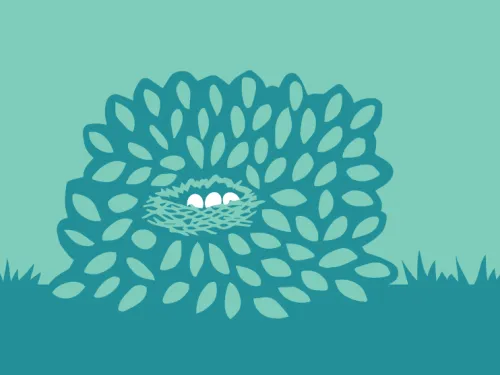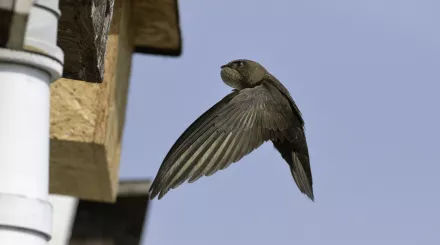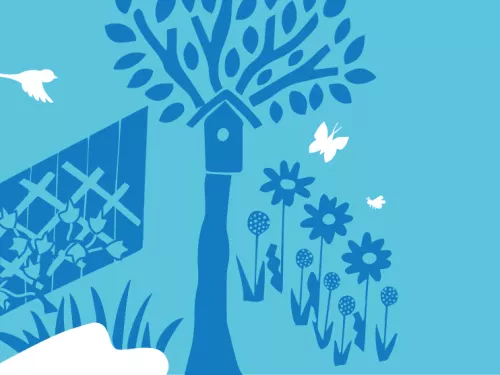
How to provide bushes for nesting birds
In the spring, birds choose the best locations to build nests, so why not offer them a safe place to settle?

Swifts like to leave their nests by dropping into the air from the entrance. This is why they often choose to set up camp in the eaves of buildings. If you have a wall that's at least five metres tall, with a clear flyway in front, then installing a swift box or brick onto your own home is a great idea!

Nick Upton


In the spring, birds choose the best locations to build nests, so why not offer them a safe place to settle?

Attracting wildlife to your work will help improve their environment – and yours!

Gardening doesn’t need to be restricted to the ground - bring your walls to life for wildlife! Many types of plants will thrive in a green wall, from herbs and fruit to grasses and ferns.

Learn about companion planting, friendly pest control, organic repellents and how wildlife and growing vegetables can go hand in hand.

Use the blank canvas of your garden to make a home for wildlife.

If we all do our part in saving precious water supplies, we can make a huge difference for the environment.